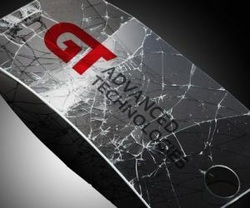
Next to my beloved Pebble, however, the Apple Watch looks like a glossy black and silver Lamborghini with power and appeal. I can only imagine what the developers are going to do with this larger retina screen, more robust specs, and total iOS integration. But is a new product with one of their lowest starting prices going to move the needle for Apple? How many watches does Apple need to sell for the product to be relevant?

















 RSS Feed
RSS Feed